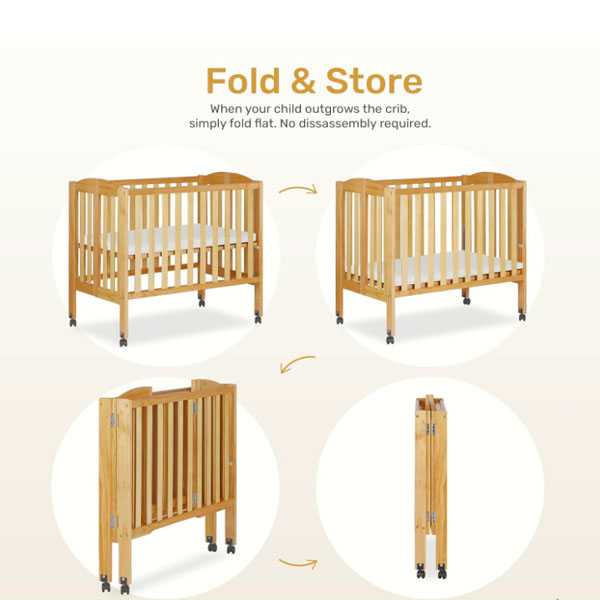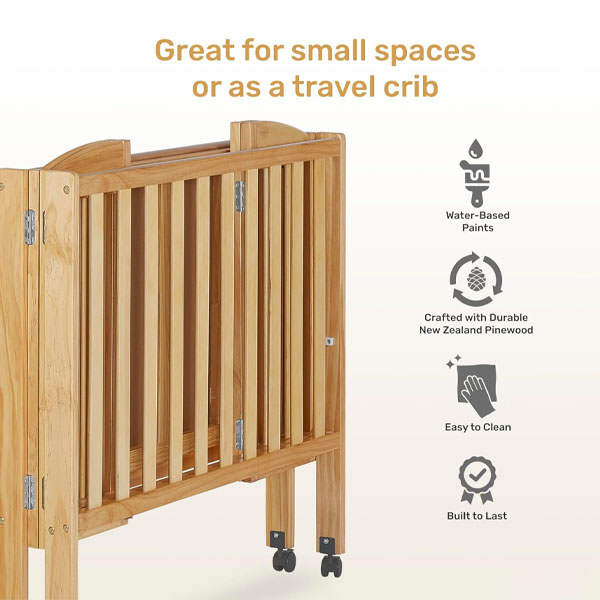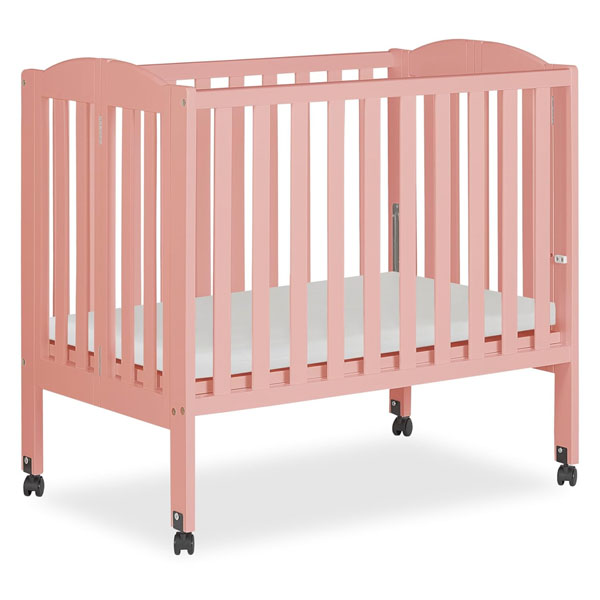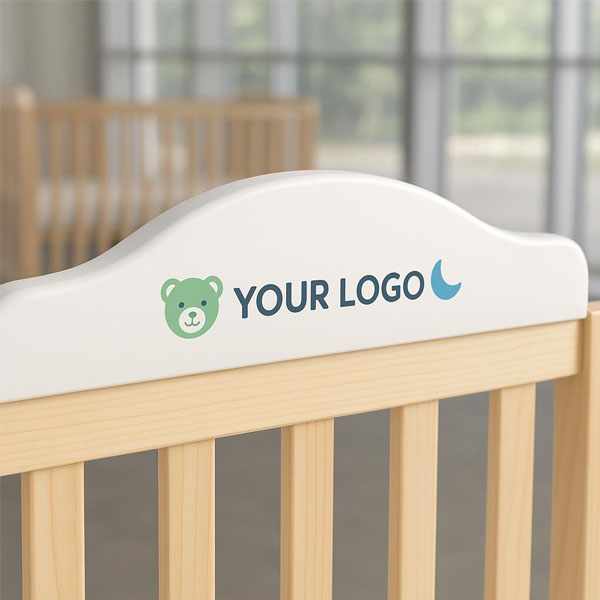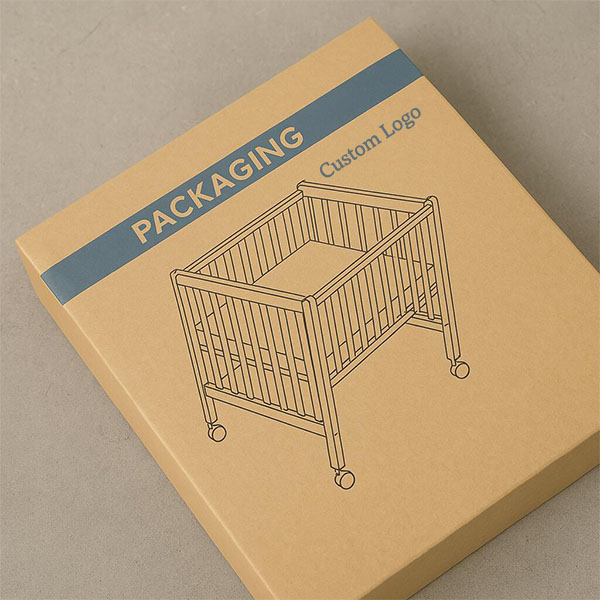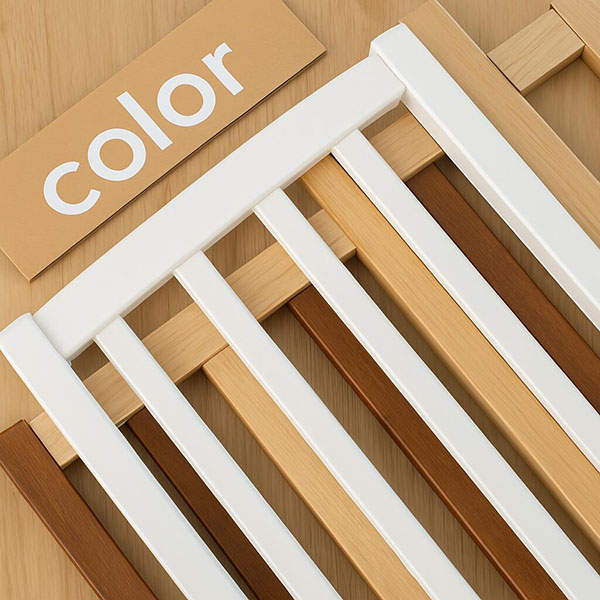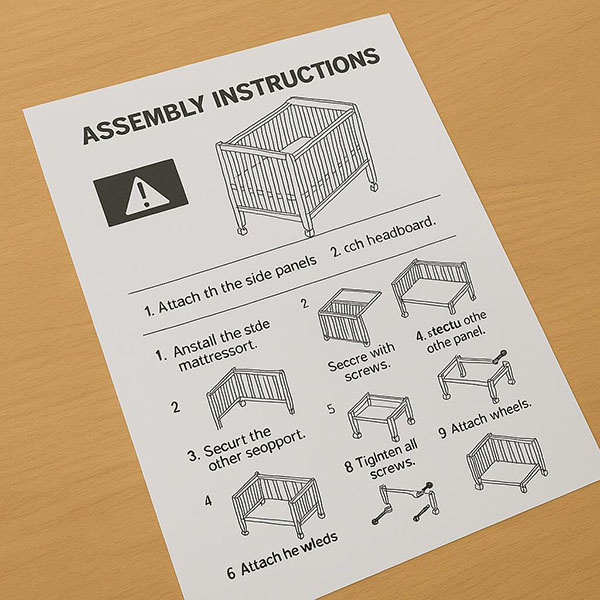What Is a Toddler Kitchen Helper?
If your toddler keeps dragging a chair to the counter, asking to “help,” it might be time for something safer—like a kitchen helper.
A toddler kitchen helper is a safe, enclosed step stool that lifts toddlers to counter height so they can safely participate in kitchen tasks.
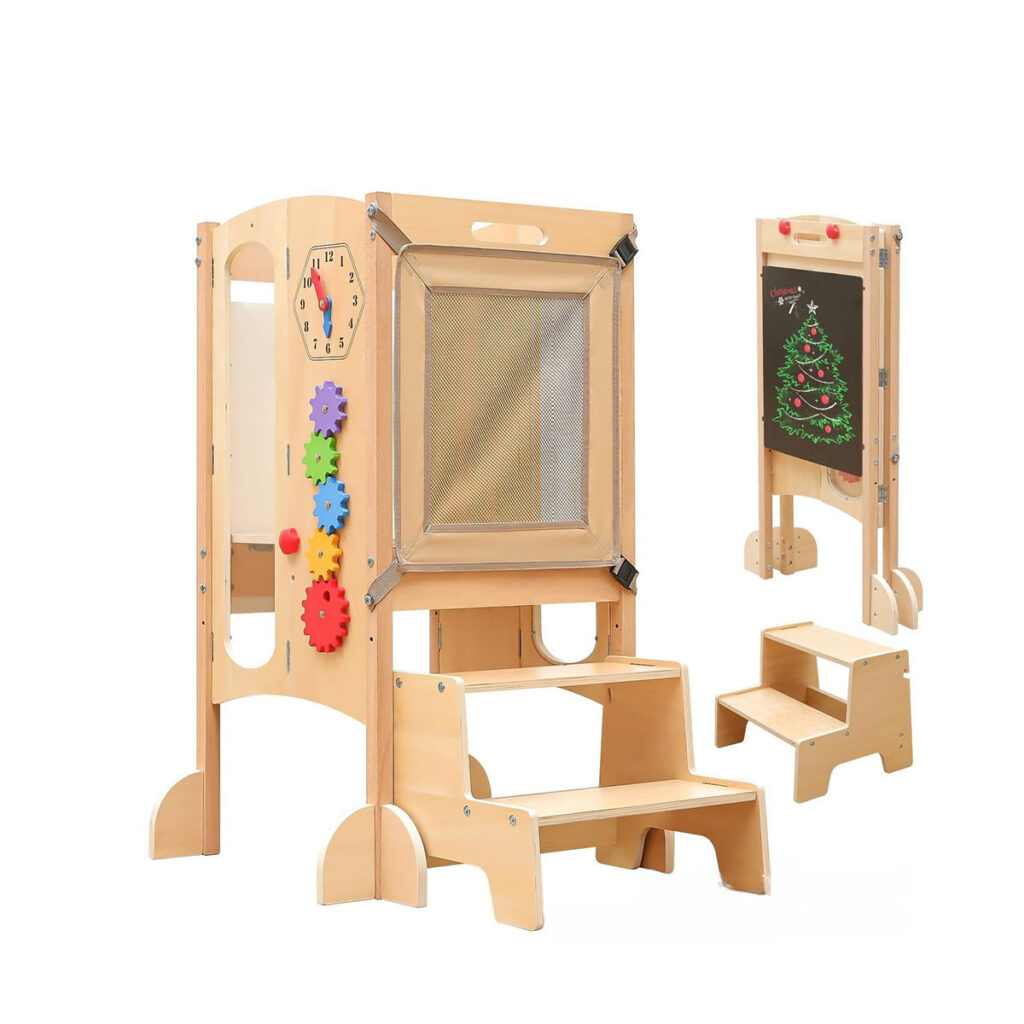
It’s not just a fancy stool—it’s a Montessori-inspired tool that encourages independence, skill-building, and bonding through everyday tasks. Let’s explore what it is, why it’s useful, and how to pick the right one.
What does a toddler kitchen helper do?
It gives toddlers a safe way to stand at adult height and help out.
A toddler kitchen helper supports young children while they stand at counters, allowing safe access to cooking, washing, and learning activities.
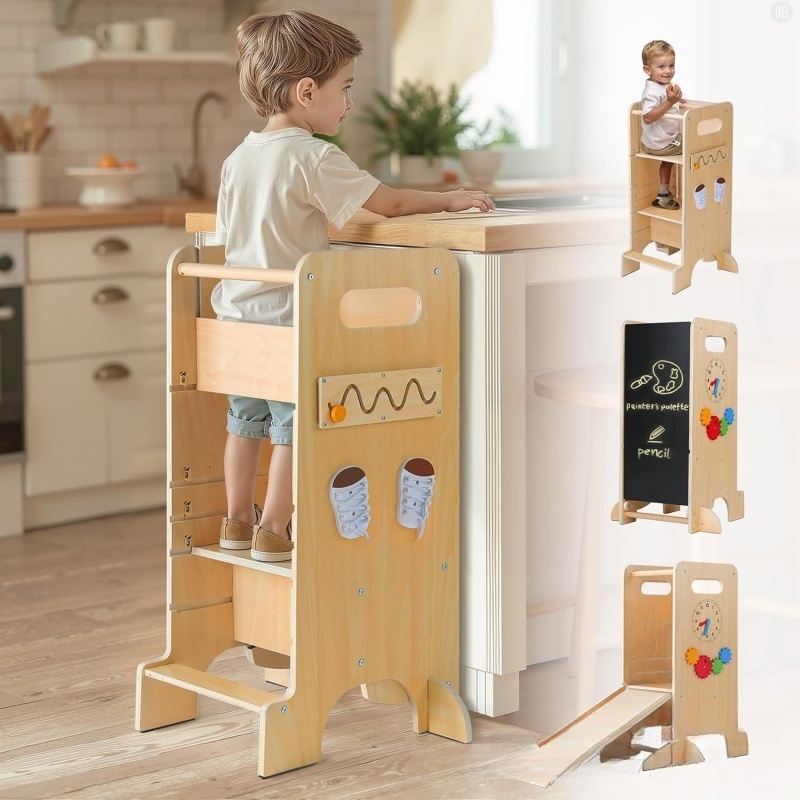
Design and features
Unlike a regular stool, a kitchen helper has guardrails on all four sides to prevent falls. It’s usually made from wood or sturdy plastic and designed to be stable on kitchen floors.
Most models include:
- A wide platform for standing
- Adjustable height to grow with your child
- Safety rails or sides for full enclosure
- Optional foldability or step access
When my daughter turned 2, we introduced a helper tower. It gave her confidence and gave me peace of mind—we no longer worried about her slipping off a chair while mixing pancake batter.
What age is a kitchen helper for?
It’s built for toddlers, but some kids use them longer.
Most toddler kitchen helpers are safe for children ages 18 months to 5 years, depending on the child’s balance and height.
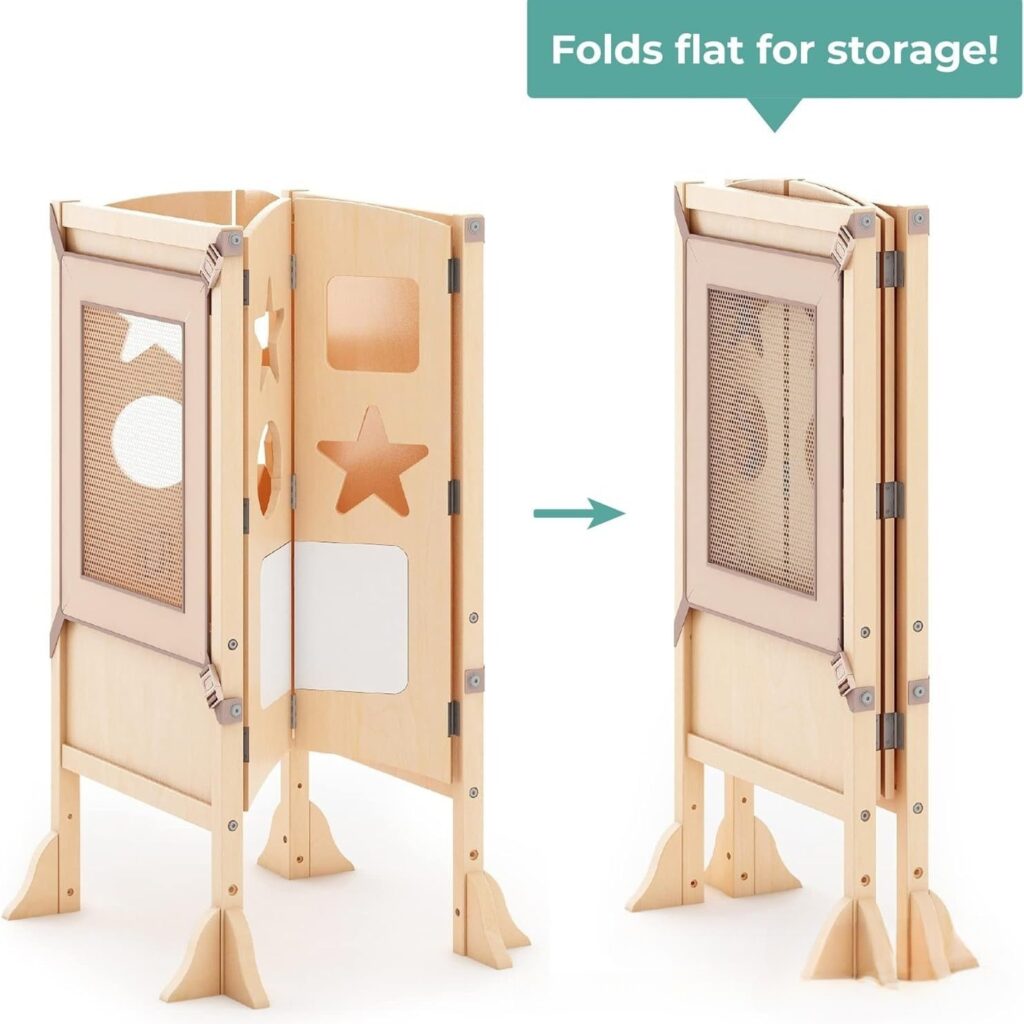
Signs your child is ready
Look for:
- Strong standing balance
- Curiosity about what’s happening on the counter
- Ability to follow simple instructions
- A tendency to climb furniture (safely redirected with a helper)
We started using ours at 20 months. At first, it was just for rinsing fruit. By age 3, she was helping crack eggs and stir pancake mix.
| Age | Recommended Use |
|---|---|
| 18–24 mo | Supervised, short tasks |
| 2–3 yrs | Light kitchen involvement |
| 4–5 yrs | More independence, full prep |
Always supervise—just because they’re enclosed doesn’t mean they’re 100% fall-proof.
What are the benefits of using a kitchen helper?
It’s more than just a step stool—it builds confidence and real-life skills.
Kitchen helpers promote independence, safety, family bonding, and hands-on learning in everyday routines.
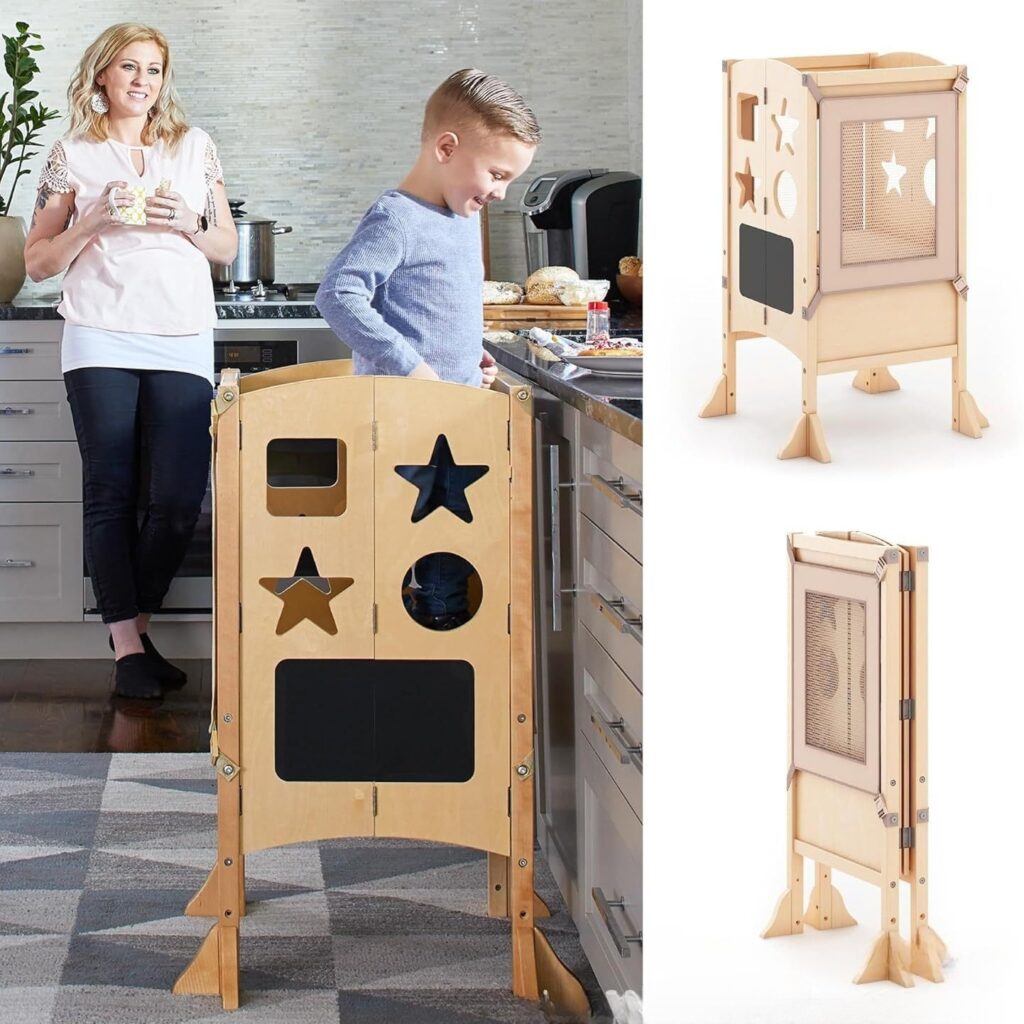
Encourages independence
Toddlers love doing what adults do. A helper gives them a secure way to join in—whether it’s washing veggies, pouring cereal, or playing with dough. This fosters confidence and a sense of ownership over their actions.
Safer than chairs or stools
Without guardrails, even the best-behaved toddler can fall. The helper’s enclosed design prevents tipping and lets them move more freely.
| Benefit | Why It Matters |
|---|---|
| Promotes independence | Toddlers feel included and capable |
| Enhances learning | Real-world tasks build fine motor skills |
| Strengthens connection | More time spent working together |
| Improves safety | Prevents falls from unstable surfaces |
Supports Montessori principles
If you’re following Montessori at home, this tool fits right in. It respects your child’s autonomy while keeping them safe.
How is a kitchen helper different from a step stool?
It’s all about stability and safety.
A kitchen helper is fully enclosed and designed specifically for toddler use, while a step stool is open and easier to fall from.

| Feature | Kitchen Helper | Step Stool |
|---|---|---|
| Enclosed sides | Yes (rails/guard barriers) | No |
| Height adjustable | Often | Rare |
| Safe for toddlers | Yes | Not ideal under age 3 |
| Stability | High (wide base) | Medium |
We tried a step stool at first—but once our toddler leaned sideways and nearly tipped, we switched to a real helper tower. Best decision.
What types of toddler kitchen helpers are there?
Not all towers are built the same—some are basic, others fold or convert.
Kitchen helpers come in classic wooden, foldable, convertible, and adjustable models, each with different features for space and age flexibility.

Common types
| Type | Description | Best For |
|---|---|---|
| Classic Tower | Wooden, non-folding, sturdy | Everyday kitchen use |
| Foldable Tower | Collapses for storage | Small kitchens or travel |
| Convertible Tower | Becomes a table or stool | Multi-purpose furniture lovers |
| Adjustable Tower | Grows with child (platform height changes) | Long-term use |
We chose an adjustable wooden tower. It was more of an upfront investment, but it grew with her for years—and still looks great in the kitchen.
What should you look for when buying one?
Safety first—but design and size matter too.
Look for stability, weight capacity, adjustable height, easy cleaning, and proper safety certifications when choosing a toddler kitchen helper.
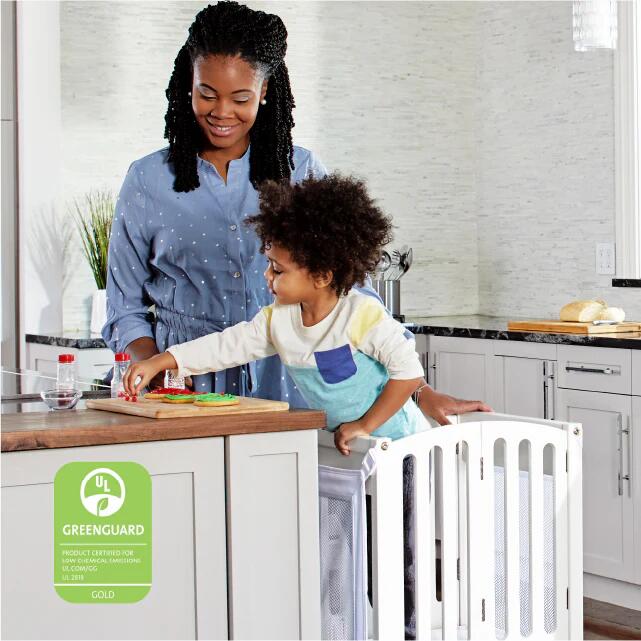
Key buying factors
| Feature | Why It Matters |
|---|---|
| Wide base | Prevents tipping |
| Guardrails/Barriers | Keeps toddler from falling |
| Adjustable platform | Grows with your child |
| Easy to clean | Kitchen messes are guaranteed |
| Non-toxic materials | Safe for mouthing and sticky fingers |
Also consider your kitchen layout. Do you need something slim? Do you want it to tuck into a corner? Measure first.
Conclusion
A toddler kitchen helper is a smart, safe, and confidence-boosting tool that turns everyday moments into hands-on learning. It keeps toddlers close, involved, and secure—all while making family life easier.




